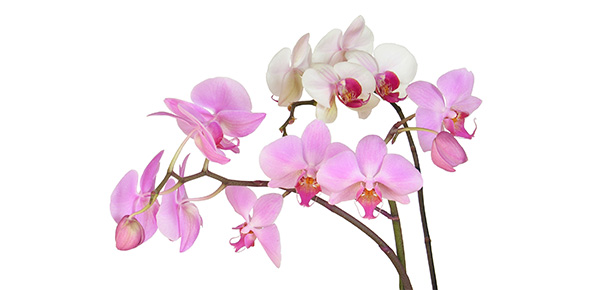Related Flashcards
Cards In This Set
| Front | Back |
|
What are the phyla of Non-vascular plants (3)?
|
|
|
Why are they called non-vascular?
|
Not efficient at internal transport of water and nutrients
|
|
What many species of non-vascular plants are there?
|
~19,000---Most are mosses
|
|
What are the given names for the multicellular gametangia of non-vascular plants?
|
|
|
What does the zygote develop into in non-vascular plants?
|
A multicellular embryo inside the archegonium
|
|
Where are non-vascular plants found?
|
|
|
Life cycle of non-vascular plants:
|
|
|
What does it mean to be the “dominant phase” of the life cycle? (3)
|
|
|
Phylum Anthocerophyta
|

|
|
Phylum Hapticophyta
|
|
|
Sexual reproduction of Thalloid liverworts (Hapticophyta)
|
|
|
Leafy liverworts
|
Responsible for ~85% of diversity
|
|
Female gametophyte of marchchantia
|
 Archegniophores |
|
Female gametophyte of marchchantia (microscopic)
|

|
|
Marchantia sporophyte
|

|








